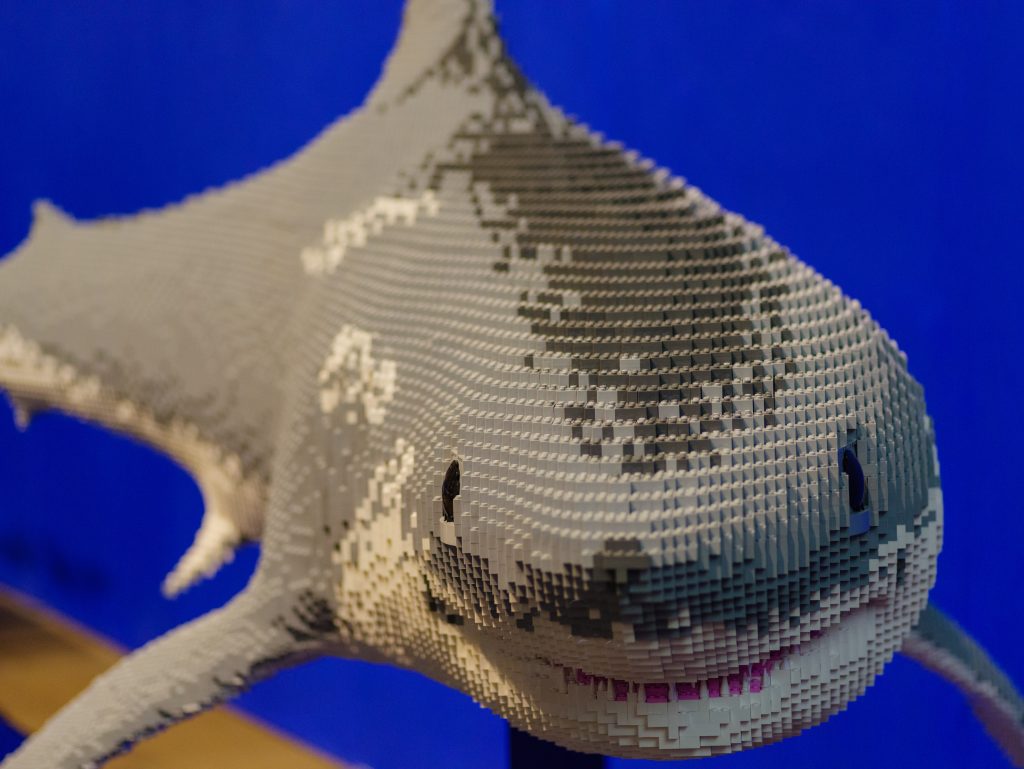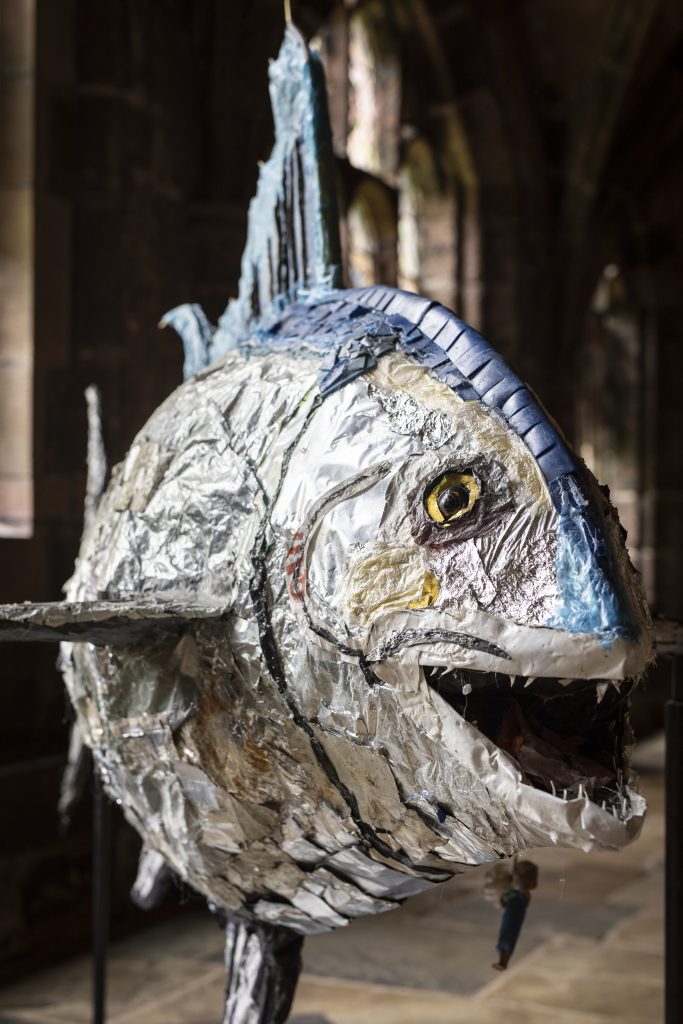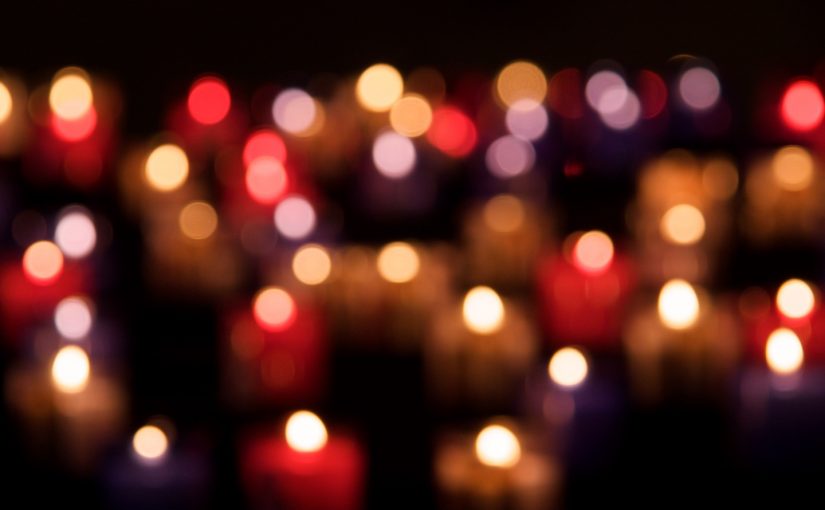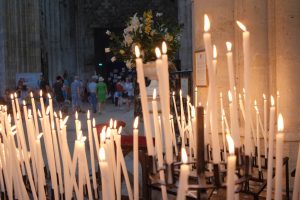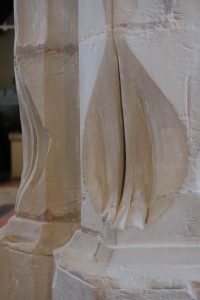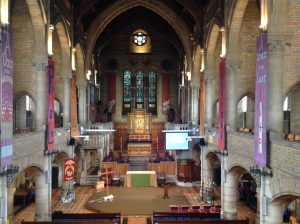I spent the last week unable to access Chester Cathedral. We took the decision to close the doors last Monday and there has been a moratorium on the use of all Church of England buildings since then.
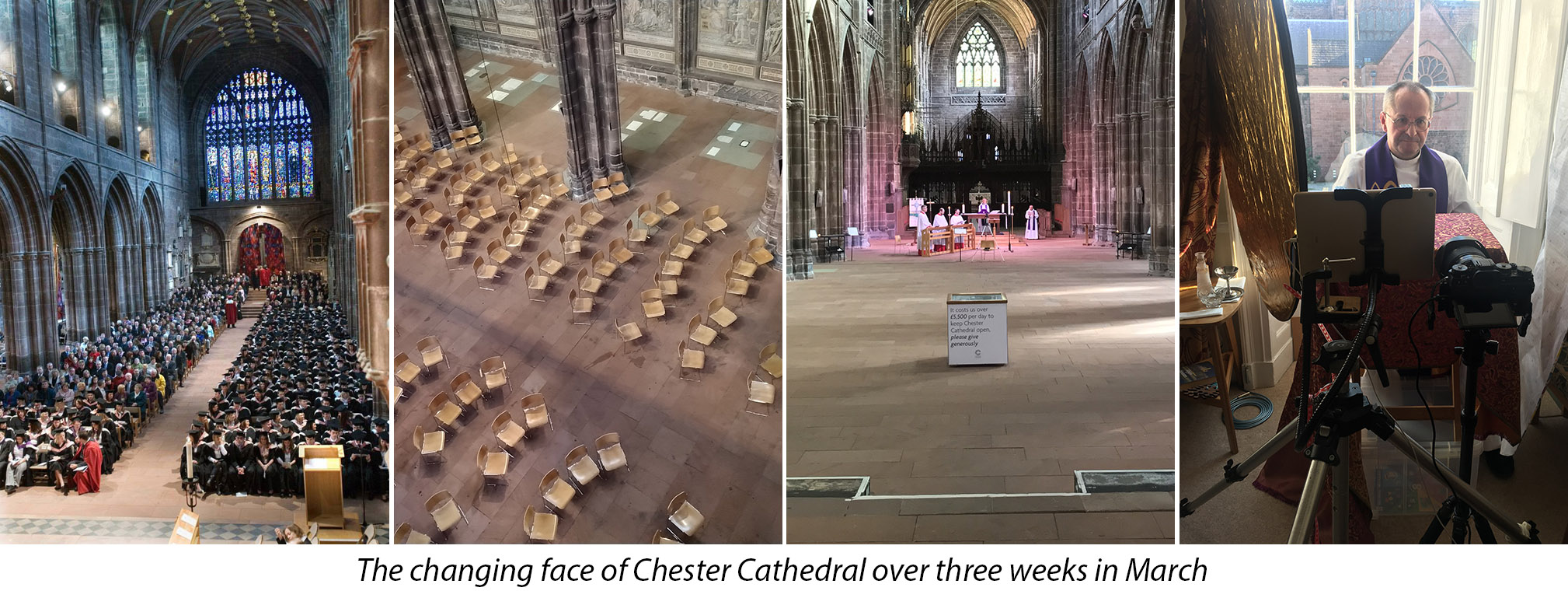
The reasons for closing the doors and exercising a discipline of restraint on ourselves were clear. We needed to take responsibility for the number of times we were in proximity with other people whilst there was such risk of spreading a dangerous virus. The Prime Minister reinforced this speaking later in the day that we closed confirming this was the right thing to do.
What a change these last few weeks have brought about:
- At first we thought that washing our hands every time we went out or handled a foreign object was sufficient. Skin was going dry, moisturizer and hand sanitizer were in short supply.
- On the Wednesday Liverpool FC played what was to be their last match to date.
- On Friday we hosted a Graduation for the University of Chester with over a thousand people carefully seated in the Cathedral without hustle or bustle and with many litres of alcogel.
- On the following Sunday we removed three quarters of the seats from the nave and arranged them in small family groups of two, three or five, with ample space between the groups.
- Early in the next week we sent vulnerable members of staff and volunteers home telling them to take care of themselves.
- Later in the same week we closed the office to everybody except one who was to collect the post and sent all volunteers home bar a few hardy under 70 year old chaplains and ministers.
- The second Sunday of the COVID-19 period resulted in only two ministers and three musicians well-spaced out leading a live-streamed service on YouTube with 1.5k views over the course of the day.
- The week that followed led to a steep learning curve: Meetings and Daily prayer over the internet on Zoom, recordings on YouTube, using Teams to keep the office going, large staff meetings using video conferencing every morning…..
- And this Sunday I presided at a Eucharist alone in my living room, the Cathedral in the window behind me, colleagues joining in over Zoom.
Where will we be by next Sunday?
I am left pondering what this is doing to me. I notice my dependence on other people so much more, valuing the presence of the fragment of family that currently resides in our house and missing so many others: family, friends, colleagues. Our meetings over the internet have become much more functional than normal (I just about remember normal now):
- Have you got all the food you need?
- I think this needs to go on the agenda.
- Turn your microphone back on!
- You’re breaking up.
Still, the human spirit is rebelling and subverting platforms designed for business and enterprise. People are praying and worshipping together using MS Office tools, caring for each other on Skype for Business, singing on Teams. I notice that the things of God are bubbling up in unexpected places. And there are unexpected places to be found even whilst confined to the house. These places are often in cyberspace, but they are inhabited by real people.
I have also been impressed about the way my Cathedral Community has organized itself to care for its members. It did not take the clergy to do this. People have organised their telephoning lists and are looking after each other, especially those who will need help and support over these difficult weeks.
And we have become much more aware of our human frailty and mortality. The myth that human beings are masters of everything is blown as we are threatened by something as microscopic as SARS‑CoV‑2.
I wonder how much of this will stick. I hope that we quickly regain our confidence in human contact and enjoy the presence of one another. I hope too that the humanizing of enterprise, the care and compassion and the humility of our human race continue to remain strong too.
Blessings to you all in these anxious and difficult days.



